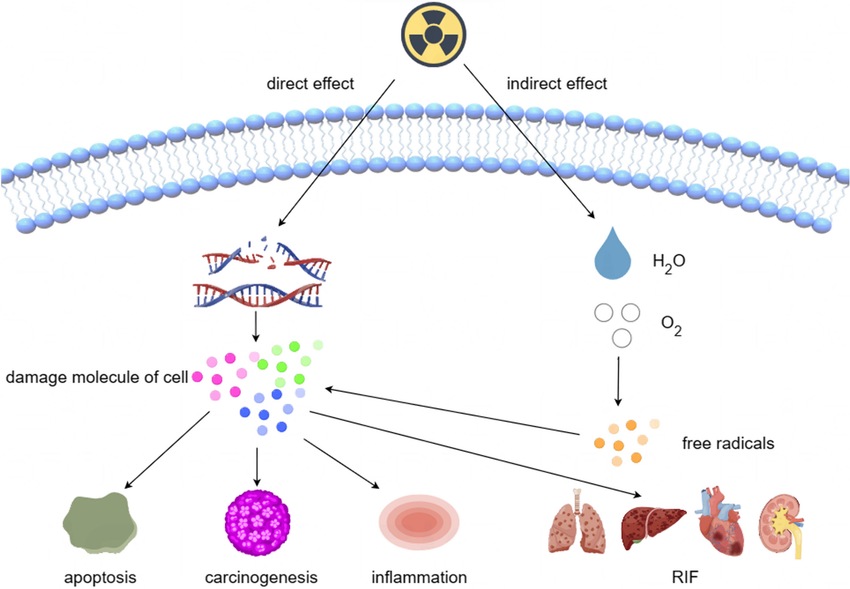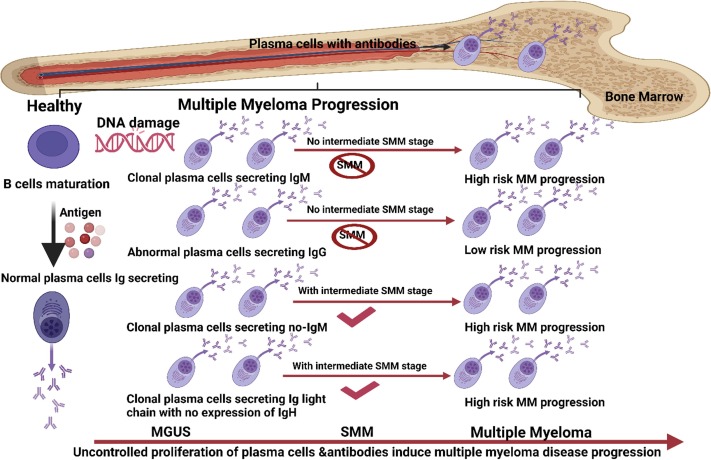
Problems Faced in Diagnosing Bleeding Disorders
Diagnosing bleeding disorders can be complex due to several factors:
- Symptom Overlap: Many bleeding disorders share similar symptoms, such as easy bruising or prolonged bleeding after injury, making it difficult to pinpoint the exact disorder without thorough investigation.
- Variability in Symptoms: The severity and type of symptoms can vary widely among individuals with the same disorder. For instance, some patients with hemophilia may experience severe bleeding episodes, while others may have mild symptoms.
- Age and Gender Factors: Certain bleeding disorders are more prevalent in specific age groups or genders. For example, von Willebrand disease is often underdiagnosed in women who may attribute their symptoms to menstrual issues.
- Comorbid Conditions: Patients with other medical conditions (e.g., liver disease, kidney dysfunction) may exhibit bleeding tendencies that complicate the diagnosis of a primary bleeding disorder.
- Laboratory Challenges: Some tests used to diagnose bleeding disorders can yield false positives or negatives depending on various factors such as medications, hydration status, and timing of sample collection.
- Genetic Testing Limitations: While genetic testing can identify some inherited bleeding disorders, not all mutations are known or easily detectable, which can lead to missed diagnoses.
Definition of Bruising
Bruising, also known as ecchymosis, is defined as the discoloration of skin resulting from the rupture of blood vessels beneath the surface due to trauma or injury. This leads to localized bleeding that manifests as a purple or blue mark on the skin. Bruises typically change color over time as they heal, transitioning from red to purple/blue and eventually yellow/green before fading completely.
Different Sites of Bleeding
Bleeding can occur in various sites throughout the body:
- Skin and Subcutaneous Tissue: This includes bruises and petechiae (small red or purple spots).
- Mucous Membranes: Common sites include the gums (gingival bleeding), nose (epistaxis), and gastrointestinal tract (melena or hematochezia).
- Internal Organs: Bleeding can occur within organs such as the liver (hepatic hemorrhage) or spleen (splenic rupture).
- Joints and Muscles: Hemarthrosis refers to bleeding into joints, while muscle hematomas occur within muscle tissue.
- Cerebral Hemorrhage: This is a serious condition where there is bleeding within the brain itself.
Different Types of Bleeding
Bleeding can be categorized based on its source and severity:
- External Bleeding: Visible blood loss from wounds or cuts.
- Internal Bleeding: Blood loss occurring inside the body that may not be immediately visible; this includes gastrointestinal bleeds and intracranial hemorrhages.
- Acute vs Chronic Bleeding:
- Acute: Sudden onset; often associated with trauma.
- Chronic: Ongoing; may result from underlying health issues like ulcers or cancers.
- Minor vs Major Bleeding:
- Minor: Small amounts of blood loss that do not pose immediate health risks.
- Major: Significant blood loss requiring urgent medical intervention.
Types of Bleeding Disorders
Bleeding disorders can be classified into several categories:
- Inherited Disorders:
- Hemophilia A: Caused by deficiency in factor VIII.
- Hemophilia B: Caused by deficiency in factor IX.
- Von Willebrand Disease: Characterized by a deficiency in von Willebrand factor affecting platelet function.
- Acquired Disorders:
- Vitamin K Deficiency: Leads to impaired synthesis of clotting factors II, VII, IX, and X.
- Liver Disease: Impairs production of clotting factors due to liver dysfunction.
- Thrombocytopenia: Low platelet count due to various causes including bone marrow failure or autoimmune conditions.
- Vascular Disorders:
- Conditions like Ehlers-Danlos syndrome affect blood vessel integrity leading to easy bruising and spontaneous bleeding.
Investigation Techniques
To identify specific pathologies related to bleeding disorders, several investigation techniques are employed:
- Complete Blood Count (CBC): Assesses platelet count and overall blood cell levels.
- Coagulation Tests:
- Prothrombin Time (PT): Evaluates extrinsic pathway coagulation factors.
- Activated Partial Thromboplastin Time (aPTT): Assesses intrinsic pathway coagulation factors.
- Platelet Function Tests: Evaluate how well platelets aggregate during clot formation.
- Genetic Testing: Identifies specific mutations associated with inherited bleeding disorders.
- Imaging Studies: Ultrasound or CT scans may be used for assessing internal bleeding sources.
Management Plan
The management plan for patients with bleeding disorders varies based on the type and severity but generally includes:
- Preventive Measures:
- Education about avoiding activities that increase risk for injury.
- Use of protective gear during sports or high-risk activities.
- Medications:
- Factor replacement therapy for hemophilia patients.
- Desmopressin for mild cases of von Willebrand disease.
- Antifibrinolytics like tranexamic acid for certain types of bleeds.
- Lifestyle Modifications:
- Dietary adjustments if vitamin deficiencies are present.
- Emergency Care Protocols:
- Immediate treatment plans for acute bleeds including pressure application and possible transfusions if necessary.
- Regular Monitoring and Follow-Up Care:
- Routine check-ups with hematologists for ongoing assessment and management adjustments based on patient needs.
In conclusion, diagnosing and managing bleeding disorders requires a comprehensive understanding of various aspects including symptomatology, laboratory investigations, treatment options, and patient education strategies tailored to individual needs based on their specific disorder profile.







